A Report from Energy Ant — My Trip to the North Anna Power Station in Louisa County, Virginia
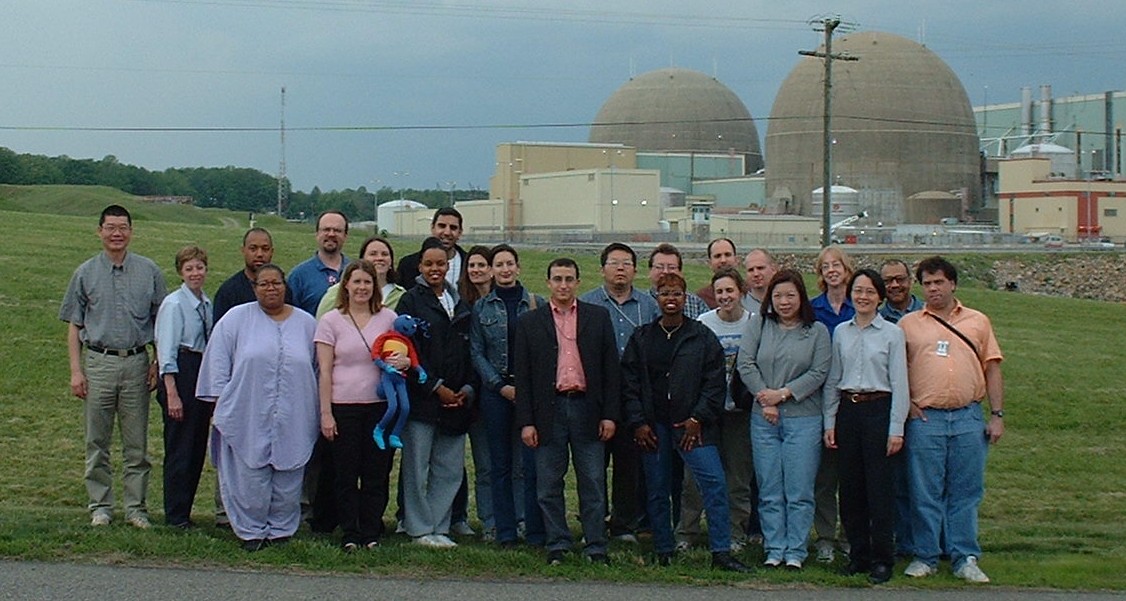
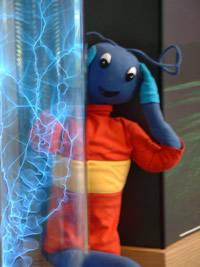
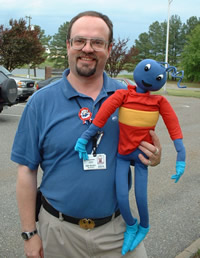
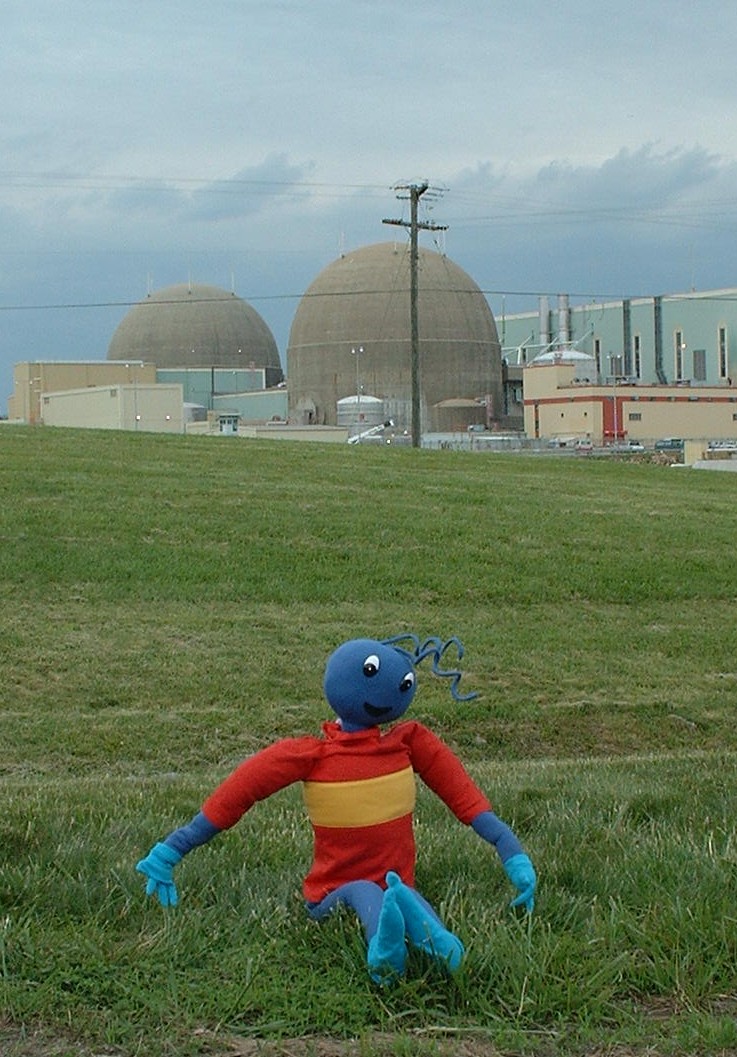
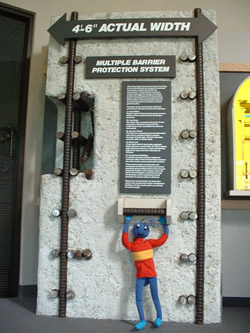
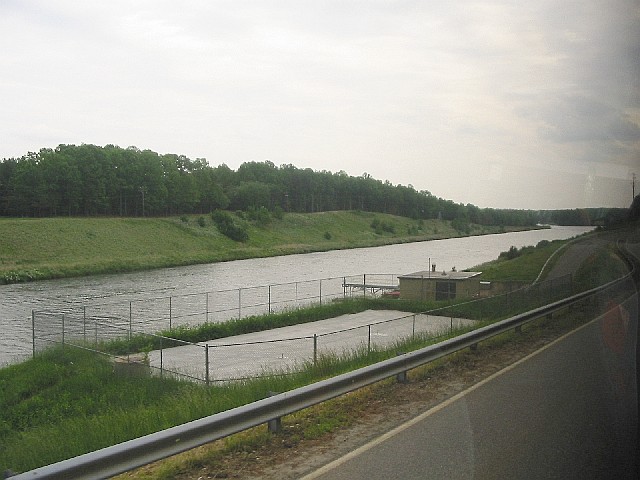
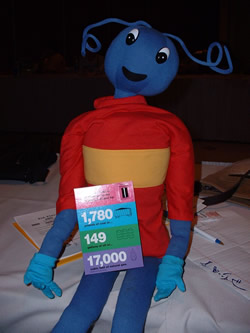
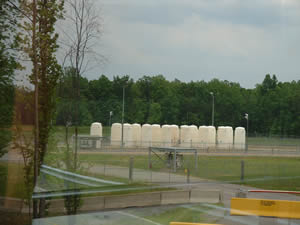
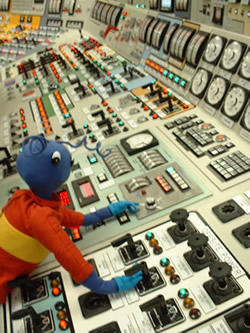
I got a chance to hang out with some really cool people from the Energy Department’s Energy Information Administration. We went to the North Anna Power Station to learn about nuclear energy and how it makes electricity.
The trip to the power plant included a long trip on a bus through the country to Louisa County, Virginia. It is right by a very pretty lake called Lake Anna. Power plants need a lake or a river nearby. The people who built the plant decided to take the North Anna River and turn it into a lake. Then, they named the plant the North Anna Power Station, after the river!
When we first got there, we looked at exhibits that taught us all about nuclear energy. One of my favorite things was the station about electricity. There was a giant tube with a blue electrical current in it.When you touched the tube, the electricity in the tube tried to jump into your hand. The glass tube does not conduct (carry through) electricity, so no one got hurt.
After we looked at all the exhibits, we met Mike Duffey, our leader for the day. He took us into a conference room where we met a lot of the people who worked at the power station and learned all about nuclear energy.
The first thing you need to make electricity is heat. Some plants use fossil fuels like coal, natural gas, or oil for fuel. They burn these fuels to produce heat. At a nuclear plant, they use Uranium/235 as a fuel. But they don’t burn anything. Instead, they use a process called fission to produce heat. Fission is when you take an atom (atoms are the tiny building blocks that everything in the world are made of) and split it into two atoms. The two smaller atoms don’t need all the energy that held the large atom together, so that energy is let out in heat and radiation.
At the power station, they split Uranium/235 inside a reactor. They use the released heat to turn water into steam. The reactor at the power station puts pressure on the water so that it can be very, very hot and turn to steam without boiling. This hot water is used to make a different system of water boil. The steam from this second system is used to turn a generator. The reactor and water are in giant buildings with domes on top. See a flowchart!
It is important for the extra heat and radiation to stay inside of the dome. The steel reactor vessel is 8-12 inches thick. That is surrounded by 3 feet of concrete and a layer of steel that is ¼ inch thick. Another 4-6 feet of concrete is placed around the steel. The walls are 4 ½ feet thick and super strong!
After the water turns to steam, the steam turns the blades on a turbine. The turbine then turns a magnet inside a lot of copper wire—the spinning magnet pushes and pulls electrons in the copper. This part is called a generator. The electrons flow into transmission lines and into homes and buildings that use electricity. The reactor, turbine, and generator are controlled and monitored by people in control rooms.
After the steam is done turning the turbine, it is cooled down and turned back into water. This cooling process takes place when water from Lake Anna passes through a condenser to cool the steam. The condensed water is then returned to the steam generator to be reheated into steam to turn the turbine. The lake water– which does not mix with the water used to make steam – flows into a “discharge canal” where it eventually passes through a series of cooling lagoons before it is returned to Lake Anna! That’s right—all the water used to cool the steam at the power station is from the lake! The water is a little warmer when it leaves the plant, but many fish and plants like to live in warm water.
Like every energy source, there are good and bad things about nuclear energy. A small amount of uranium can create a LOT of energy. One tiny pellet that is ½ inch long is equivalent to the energy provided by 1,780 pounds of coal, 149 gallons of oil, or 17,000 cubic feet of natural gas!
Uranium pellets are stacked together in metal shafts called fuel rods. The fission occurs within the fuel rods. After eighteen months, the people at the North Anna Power Station change these fuel rods. The used rods are called spent fuel and have a lot of heat and radiation in them left over from the fission process. Radiation is a form of energy given off in waves. We come in contact with radiation every day—from the sun, TV sets, smoke detectors, x-ray machines, and natural radiation in the ground—but too much radiation can become dangerous. The spent fuel is very radioactive and must be treated very, very carefully.
The spent fuel rods are placed in special containers at the bottom of a very deep pool of water (that looks like a swimming pool) to cool off. The rods begin to lose their radioactivity through a natural process called radioactive decay. In a year, the spent fuel loses about 80% of its radioactivity.
Even though a lot goes away in the first couple years, spent fuel has to be protected for thousands of years. At the North Anna Power Plant, spent fuel is also placed in “dry” containers that sit outside to cool off. People who see the containers are often surprised to see how small the containers are and how few of them there are. The containers in the picture hold years and years of waste.
One of the best things about nuclear energy is that it doesn’t pollute the air. When coal, oil, and natural gas are burned, they release carbon dioxide and other pollutants into the air. Because nuclear energy doesn’t need to burn anything to get heat, it doesn’t release any chemicals into the air or have any leftover ash either.
I really liked meeting the people who worked at the power station. There are over 800 people working there! A lot of them are security people. The plant is super safe and can withstand earthquakes, lightning storms, hurricanes, bombs, and tornados! The people who work there go to special classes all the time to learn more about nuclear energy and how to be safe. They also take a lot of tests using a fake control room that looks just like the real thing. Our tour guide said it is like being in school your entire life!
Producing 20% of the U.S.’s electricity, nuclear energy is very exciting! I had a great time hanging out with my friends and learning about energy at North Anna Power Station.


